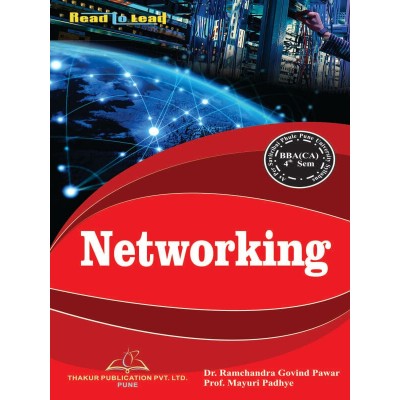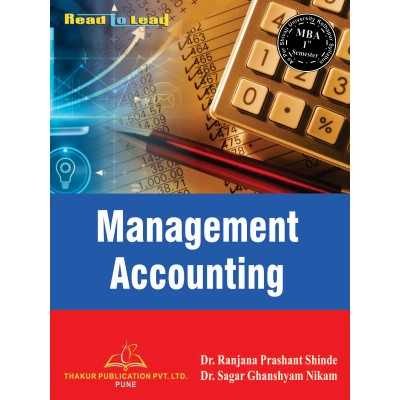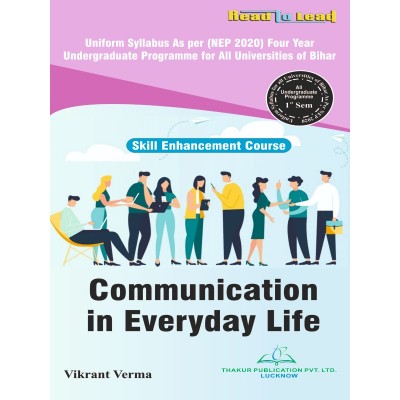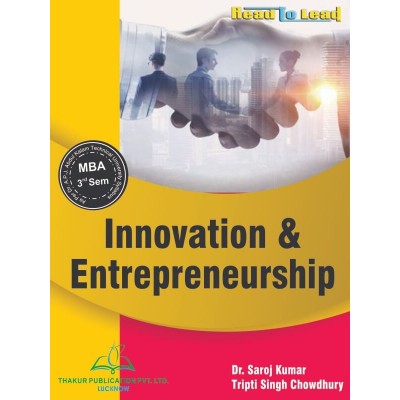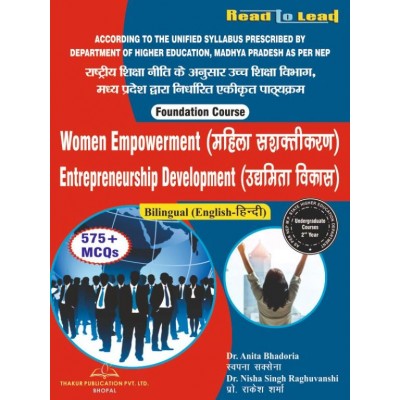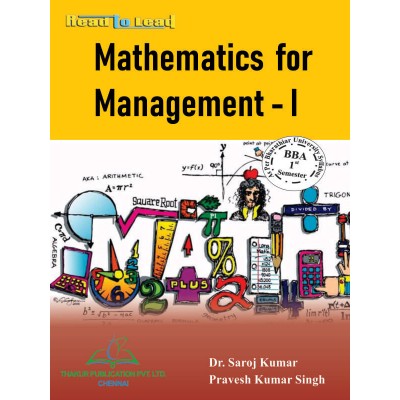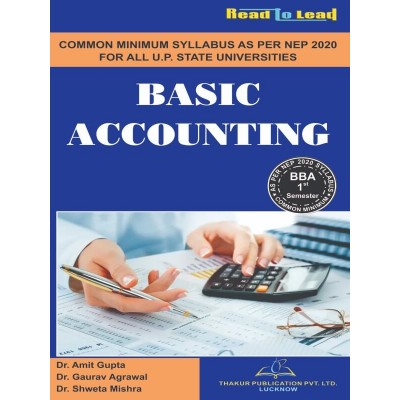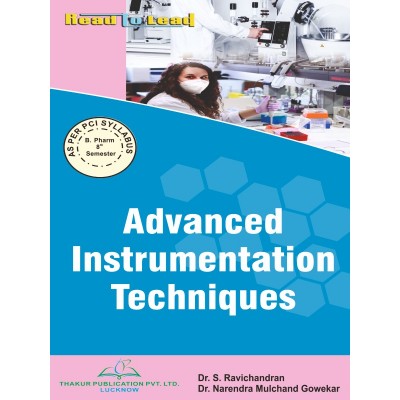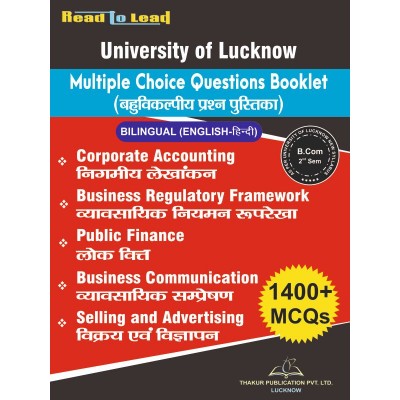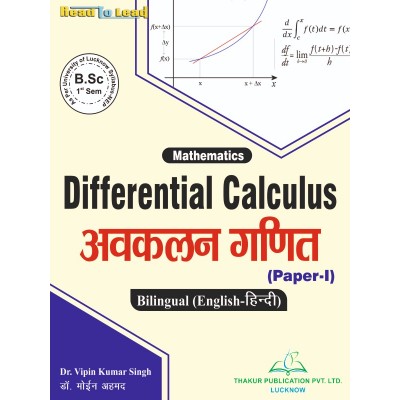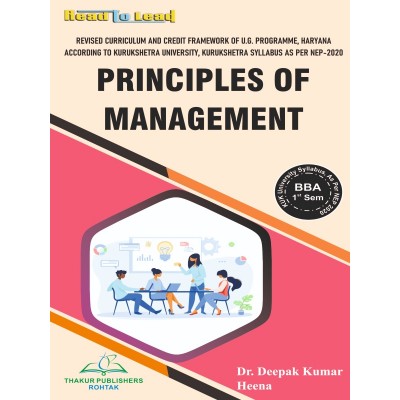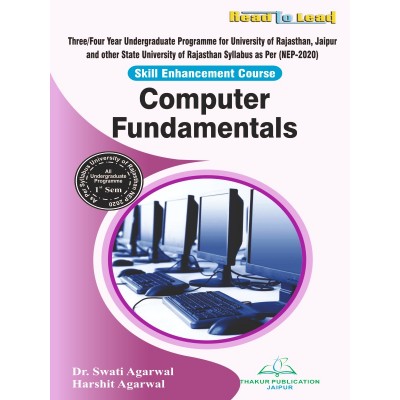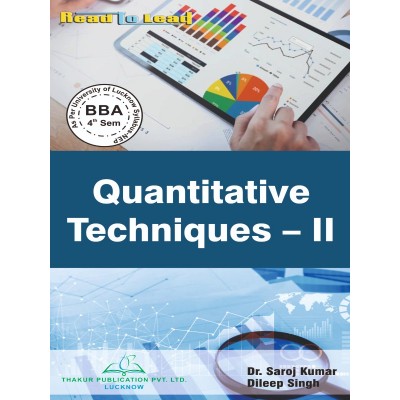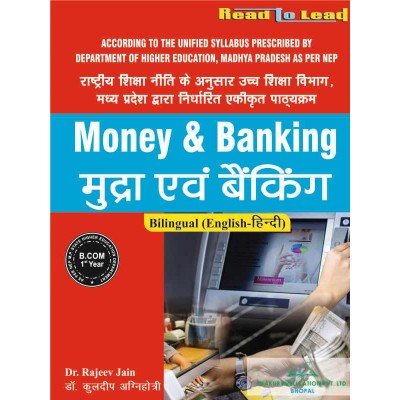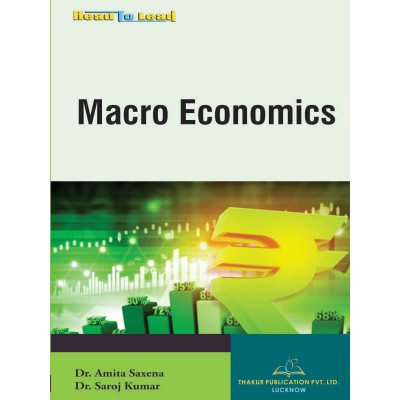INDIAN CONSTITUTION
Tax excluded
|
Unit 1: Introduction to Indian Constitution
|
||
|
1.1.
|
Indian Constitution
|
11
|
|
1.1.1. |
Introduction |
11 |
|
1.1.2. |
Salient Features of Indian Constitution |
11 |
|
1.1.3. |
Composition: Making of the Indian Constitution |
16 |
|
1.1.4. |
Official Language & Schedules in Constitution |
17 |
|
1.1.5. |
Importance of Indian Constitution |
18 |
|
1.2.
|
Constitutional Organs
|
19
|
|
1.3.
|
Union Legislature
|
20
|
|
1.3.1. |
Union (Indian) Parliament |
20 |
|
1.3.2. |
Features of Union Parliament |
21 |
|
1.3.3. |
Functions of Union Parliament |
22 |
|
1.3.4. |
Composition of Union Parliament |
24 |
|
1.3.5. |
Qualifications of Members of Parliament |
25 |
|
1.3.6. |
Disqualification of Members of Parliament |
26 |
|
1.3.7. |
Privileges and Immunities of Parliament and its Members |
26 |
|
1.3.8. |
Powers of Parliament |
28 |
|
1.3.9. |
Sessions of Parliament |
31 |
|
1.3.10. |
Joint Session of Parliament |
31 |
|
1.4.
|
Union Executive
|
31
|
|
1.4.1. |
Members of the Union Executive |
32 |
|
1.4.2. |
President of India |
32 |
|
1.4.2.1. |
Electron of President |
33 |
|
1.4.2.2. |
Qualifications of President |
34 |
|
1.4.2.3. |
Powers and Functions of the President |
34 |
|
1.4.2.4. |
VETO Power of the President |
36 |
|
1.4.3. |
Vice President |
37 |
|
1.4.3.1. |
Qualifications of Vice President |
38 |
|
1.4.3.2. |
Election of Vice President |
38 |
|
1.4.3.3. |
Powers and Functions of Vice President |
38 |
|
1.4.4. |
Prime Minister |
39 |
|
1.4.4.1. |
Qualifications of Prime Minister |
40 |
|
1.4.4.2. |
Appointment of Prime Minister |
40 |
|
1.4.4.3. |
Powers and Functions of Prime Minister |
41 |
|
1.4.5. |
Union Council of Ministers |
42 |
|
1.4.5.1. |
Features of Council of Ministers |
42 |
|
1.4.5.2. |
Appointment of Council of Ministers |
43 |
|
1.4.5.3. |
Powers and Functions of the Cabinet |
43 |
|
1.4.5.4. |
Term of Office |
43 |
|
1.4.6. |
Attorney-General of India |
43 |
|
1.5.
|
Judiciary
|
44
|
|
1.5.1. |
Introduction |
44 |
|
1.5.2. |
Functions of Judiciary |
44 |
|
1.5.3. |
Organisation of Judiciary |
45 |
|
1.5.4. |
Supreme Court of India (Union Judiciary) |
47 |
|
1.5.5. |
High Court |
52 |
|
1.5.6. |
Subordinate Courts |
55 |
|
1.6.
|
PIL (Public Interest Litigation)
|
56
|
|
1.6.1. |
Introduction |
56 |
|
1.6.2. |
Features of Public Interest Litigation (PIL) |
57 |
|
1.6.3. |
Objectives of Public Interest Litigation (PIL) |
58 |
|
1.6.4. |
Who can file a Public Interest Litigation? |
58 |
|
1.6.5. |
Process to file a Public Interest Litigation |
58 |
|
1.6.6. |
Supreme Court Guidelines for Admitting PIL |
59 |
|
1.6.7. |
Significance of Public Interest Litigation (PIL) |
59 |
|
1.6.8. |
Cases Related Public Interest Litigation |
60 |
|
1.7.
|
Citizenship
|
61
|
|
1.7.1. |
Meaning and Definition of Citizenship |
61 |
|
1.7.2. |
Principles of Citizenship |
62 |
|
1.7.3. |
Citizenship related Provisions in Constitution |
62 |
|
1.7.4. |
Citizenship Act, 1955 |
64 |
|
1.7.5. |
Termination of Citizenship |
66 |
|
1.8.
|
Exercise
|
67
|
|
|
|
|
|
Unit 2: Emergency Provisions & Amendments to Constitution
|
||
|
2.1.
|
Emergency
|
76
|
|
2.1.1. |
Introduction |
76 |
|
2.1.2. |
Types of Emergency |
76 |
|
2.1.3. |
National Emergency |
76 |
|
2.1.3.1. |
Constitutional Provisions Related to National Emergency |
77 |
|
2.1.3.2. |
Grounds of Declaration of National Emergency |
77 |
|
2.1.3.3. |
Procedure for Proclamation |
77 |
|
2.1.3.4. |
Parliamentary Approval of National Emergency |
78 |
|
2.1.3.5. |
Duration of National Emergency |
78 |
|
2.1.3.6. |
Revocation of Proclamation of National Emergency |
78 |
|
2.1.3.7. |
Effects of National Emergency |
79 |
|
2.1.3.8. |
Significance of National Emergency |
80 |
|
2.1.3.9. |
Criticism of National Emergency |
80 |
|
2.1.3.10. |
Occurrences of National Emergency in India |
81 |
|
2.1.4. |
President’s Rule/State Emergency |
82 |
|
2.1.5. |
Financial Emergency |
86 |
|
2.2.
|
Amendment to Constitution
|
88
|
|
2.2.1. |
Introduction |
88 |
|
2.2.2. |
Procedure for Amendment to the Indian Constitution |
88 |
|
2.2.3. |
Types of Amendments in Indian Constitution |
89 |
|
2.2.3.1. |
By Simple Majority of Parliament |
89 |
|
2.2.3.2. |
By Special Majority of Parliament |
89 |
|
2.2.3.3. |
By Special Majority of the Parliament and Consent of Half States |
90 |
|
2.2.4. |
Important Constitutional Amendments till Today |
90 |
|
2.2.5. |
Significance of the Constitutional Amendment |
92 |
|
2.2.6. |
Limitations of the Constitutional Amendment |
92 |
|
2.3.
|
Exercise
|
93
|
|
|
|
|
|
Unit 3: Fundamental Rights
|
||
|
3.1.
|
Fundamental Rights
|
102
|
|
3.1.1. |
Introduction |
102 |
|
3.1.2. |
Nature/ Features of the Fundamental Rights |
102 |
|
3.1.3. |
Significance of Fundamental Rights |
103 |
|
3.1.4. |
Kinds/ Types of Rights |
104 |
|
3.2.
|
Fundamental Rights Enshrined in Article 14 to 32
|
106
|
|
3.2.1. |
Right to Equality [Articles 14 to 18] |
107 |
|
3.2.2. |
Fundamental Freedom [Article 19 to 22] - Expansion by Judicial Interpretation |
109 |
|
3.2.3. |
Right Enshrined in Article 19 |
109 |
|
3.2.3.1. |
Freedom of Speech and Expression [Article 19(1) (a)] |
110 |
|
3.2.3.2. |
Freedom of Assembly [Article 19(1) (b)] |
112 |
|
3.2.3.3. |
Freedom of Associations or Unions [Article 19(1) (c)] |
113 |
|
3.2.3.4. |
Freedom of Movement [Article 19(1) (d)] |
114 |
|
3.2.3.5. |
Freedom of Residence [Article 19(1) (e)] |
115 |
|
3.2.3.6. |
Freedom of Profession or Occupation or Trade or Business [Article 19(1) (g)] |
115 |
|
3.2.4. |
Right Enshrined in Article 20 - Protection in Respect of Conviction for Offenses |
116 |
|
3.2.5. |
Right to Life & Personal Liberty [Enshrined in Article 21] |
117 |
|
3.2.6. |
Right Protection against Arrest and Detention in Certain Cases [Enshrined in Article 22] |
118 |
|
3.2.7. |
Right against Exploitation [Articles 23 to 24] |
119 |
|
3.2.8. |
Right to Freedom of Religion [Articles 25 to 28] |
120 |
|
3.2.9. |
Cultural and Educational Rights [Articles 29 to 30] |
122 |
|
3.2.10. |
Right to Constitutional Remedies [Article 32] |
122 |
|
3.2.11. |
Reasonable Restriction on Fundamental Right’s |
123 |
|
3.3.
|
Exercise
|
124
|
|
|
|
|
|
Unit 4: Inter-relationship between Fundamental Rights & Directive Principles
|
||
|
4.1.
|
Directive Principles of State Policy (DPSP)
|
132
|
|
4.1.1. |
Introduction |
132 |
|
4.1.2. |
Nature of Directive Principles |
133 |
|
4.1.3. |
Classification of Directive Principles |
133 |
|
4.1.4. |
Implementation of Directive Principles |
137 |
|
4.1.5. |
Constitutional Amendments Related to Directive Principles |
138 |
|
4.1.6. |
Directives Contained in Other Parts of the Constitution |
139 |
|
4.1.7. |
Relevance of Directive Principles in Indian Society |
140 |
|
4.1.8. |
Criticism of Directive Principles |
|











